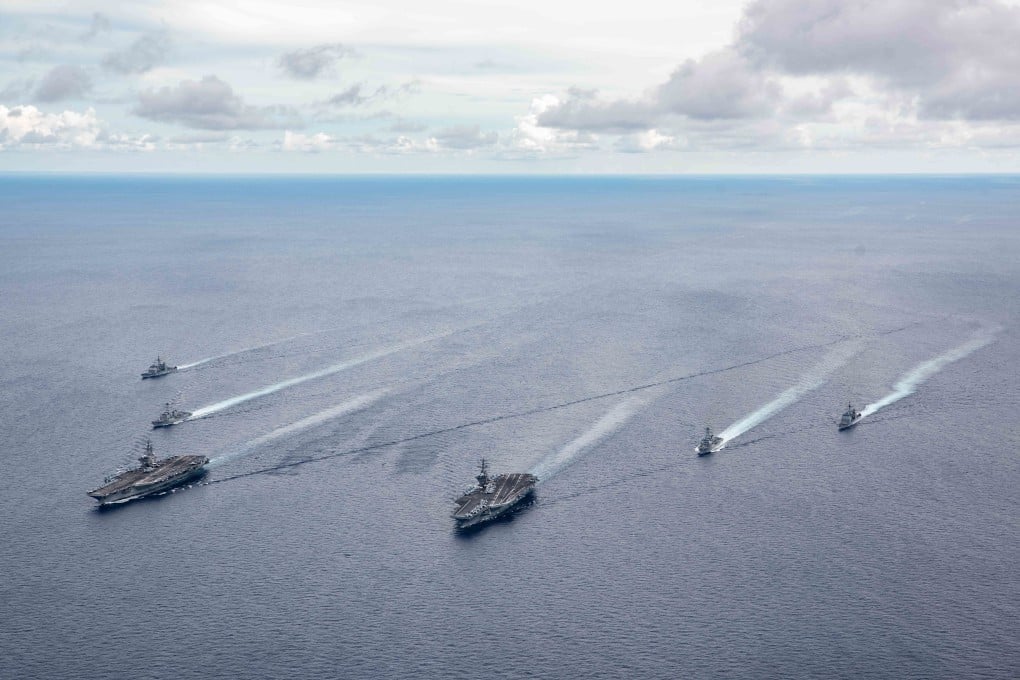South China Sea: Chinese military told not to fire first shot in stand-off with US forces
- Sources say that troops have been given orders not to escalate situation as both sides step up their activities in the disputed waters
- Beijing said to be keen to cool the ‘tense and dangerous situation’ and agreed to a conversation between defence ministers after initially snubbing the request

China has told its service personnel “not to fire the first shot” as Beijing looks to de-escalate tensions with the United States in the South China Sea, sources familiar with the situation told the South China Morning Post.
Both sides have stepped up their operations in the disputed waters, increasing the risk of incidents that spiral out of control, but Beijing does not want to give American hawks the opportunity to escalate things further.
The sources said Beijing had ordered pilots and naval officers to exercise restraint in the increasingly frequent stand-offs with US planes and warships.
Meanwhile, further details have emerged about a phone conversation between the two countries’ defence ministers last week.
The call was first suggested by the US side about “a month earlier” but was initially given a frosty reception in Beijing. But a source said the Chinese leadership later had a change of heart and decided to reach out as tensions escalated in the South and East China seas.
